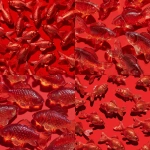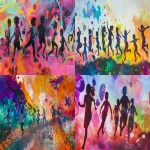Explore the Best AI Image Gallery

The Algorithmic Brush: AI-Generated Images and the Evolving Art World
The art world is undergoing a seismic shift with the advent of artificial intelligence (AI) capable of generating stunningly realistic and imaginative images. From photorealistic portraits to abstract landscapes, AI algorithms are creating artworks that challenge our perception of creativity and authorship. This new frontier in art production has sparked both excitement and controversy, raising profound questions about the nature of artistic expression, intellectual property, and the role of human artists in the 21st century.
The Creative Canvas: A Collaborative Medium?
Proponents of AI-generated art argue that it democratizes creativity, providing tools for anyone to express themselves visually, regardless of their technical skills. Platforms like DALL-E 2, Midjourney, and Stable Diffusion allow users to input text prompts and receive unique artworks tailored to their vision. This opens up exciting possibilities for collaborative projects where artists can leverage AI as a tool to augment their creative process.
Imagine an artist using AI to generate initial sketches or explore different compositional ideas, refining the output with their own artistic touch. Or consider designers utilizing AI to quickly iterate through design concepts, accelerating the prototyping phase. AI can serve as a powerful assistant, freeing up human artists to focus on higher-level conceptualization and emotional depth.
The Ethical Quandary: Authorship and Ownership
However, the rise of AI-generated art also presents significant ethical challenges. A fundamental question is that of authorship. Who owns the copyright to an artwork created by an algorithm? Is it the developer of the AI, the user who provided the prompt, or the AI itself? Legal frameworks are struggling to keep pace with this technological advancement, and existing copyright laws may not adequately address the complexities of AI-generated content.
Furthermore, concerns about bias and representation in AI algorithms are crucial. If an AI is trained on a dataset that lacks diversity, its output may perpetuate harmful stereotypes or exclude certain perspectives. Its essential to ensure that AI art tools are developed and used responsibly, with careful consideration for fairness and inclusivity.
The Future of Art: A Symbiotic Relationship?
Looking ahead, the future of art likely lies in a symbiotic relationship between human creativity and AI technology. AI will continue to evolve, becoming more sophisticated in its ability to generate compelling visuals. Human artists, in turn, will adapt and embrace these tools, finding innovative ways to collaborate with AI and push the boundaries of artistic expression.
This convergence may lead to entirely new art forms, blurring the lines between the physical and digital realms. Imagine interactive installations where AI responds to viewer input, or personalized artworks generated based on individual preferences. The possibilities are truly limitless.
Navigating the New Terrain
As we navigate this evolving landscape, its essential to foster open dialogue and collaboration between artists, technologists, policymakers, and the general public. Educating ourselves about the capabilities and limitations of AI art is crucial, as is ensuring that ethical considerations are at the forefront of its development and application. By approaching this technological revolution with both curiosity and caution, we can harness the power of AI to enrich our artistic experiences and shape a more inclusive and innovative future for the creative industries.
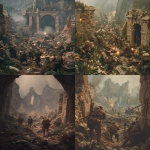

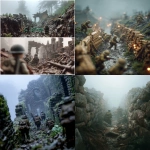
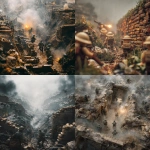
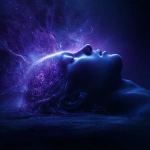

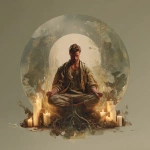
](https://images.ai-img.art/thumbnails/150/09ccae5e68e2b6da6b5da87ef69f7eb09e80c99ca39ba886c5c3773cbb3b89ba.webp)

](https://images.ai-img.art/thumbnails/150/c2241c1eabdcb7b9a98be19a7e8d850b6cffe0e0c91c1ccda8dd807e2a96b187.webp)


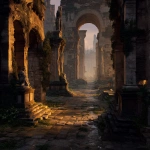

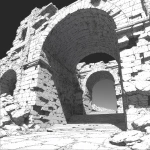





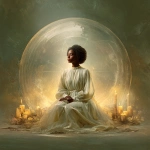

](https://images.ai-img.art/thumbnails/150/c48401bc3fad7ff7f2dbd37b894d3f53cb42d5072dfacb8bfdcdeeef28a29b04.webp)

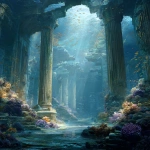

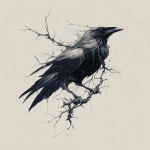
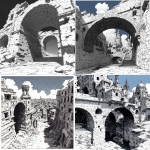

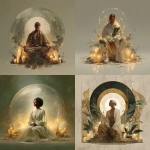
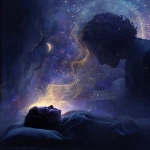

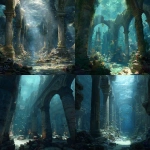

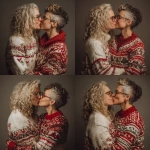


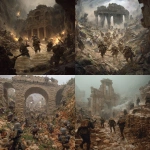
](https://images.ai-img.art/thumbnails/150/47d44e177f427ea6b32f96ea225db96c5158850a0cf01d1bad93e45dd4594430.webp)

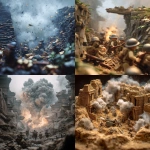
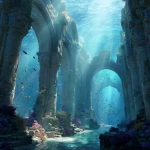


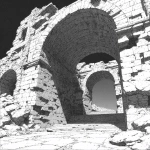
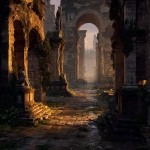
](https://images.ai-img.art/thumbnails/150/44b76c49c47b4c47f13eac7883c63827d3f89aa77fe64ce0cbecb9d3ce434499.webp)
